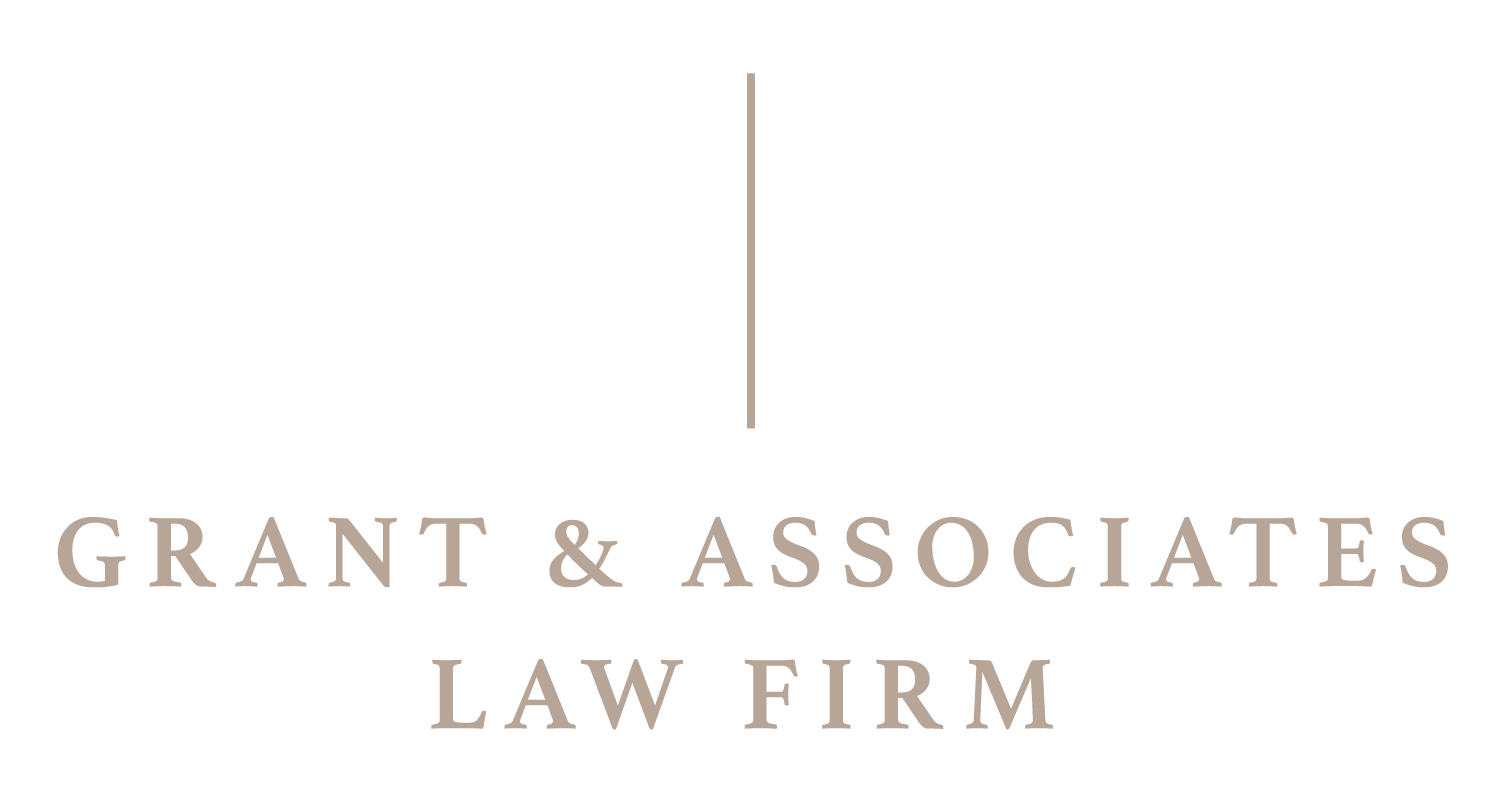There are millions of people who live from paycheck to paycheck, so enduring physical trauma and having to miss work can be extremely straining and stressful. Those individuals may find a personal injury claim essential to helping them get back on their feet. Even those who do not have financial strain may feel entitled to compensation for their suffering, and rightfully so.
In order for claimants to receive the best possible award, they must build a strong case. A previous blog discussed why evidence is important. Now, here is a look at the different types of evidence that contribute to solidifying a case.
Witness testimony
There are different types of witnesses that people may need to support their case. Eyewitnesses to an accident can be beneficial to accident claims. They may aid in invalidating or bringing questions to either party’s testimony. Expert witness testimony such as a diagnosis or prognosis provided by a medical professional may aid in personal injury cases. Such witnesses usually have a great deal of credibility in the eyes of the court.
Documentation
Along with witness testimony, documentation is another strong form of evidence that claimants frequently provide. Documentation is usually solid information that anyone may trace back and validate. It also helps to set the scene and prove fault, which is key to any personal injury claim. In fact, with statute 13-21-111 of the Colorado statutes denoting the terms for comparative fault, being able to prove a certain level of fault may directly affect the award amount for the case.
Footage
Photos and videos of the accident or resulting ramifications allow members of the court to see and evaluate aspects of the incident for themselves. This can help to prove or disprove a case like no other, which makes it an excellent tool in a case.
By understanding the importance of these types of evidence, claimants may use them to build strong claims. It may also be beneficial to consult with an attorney to determine the best method for presenting the case.
